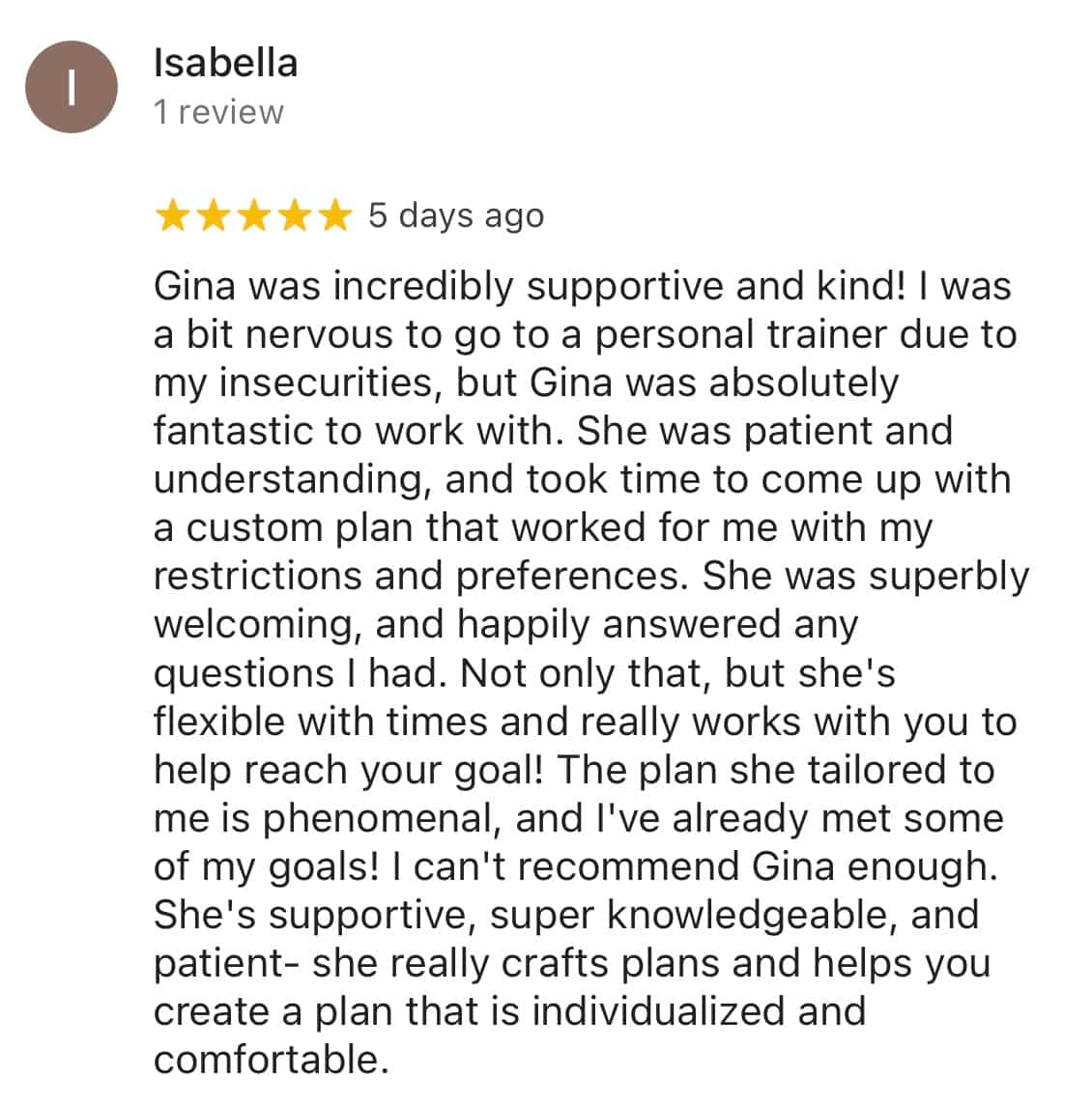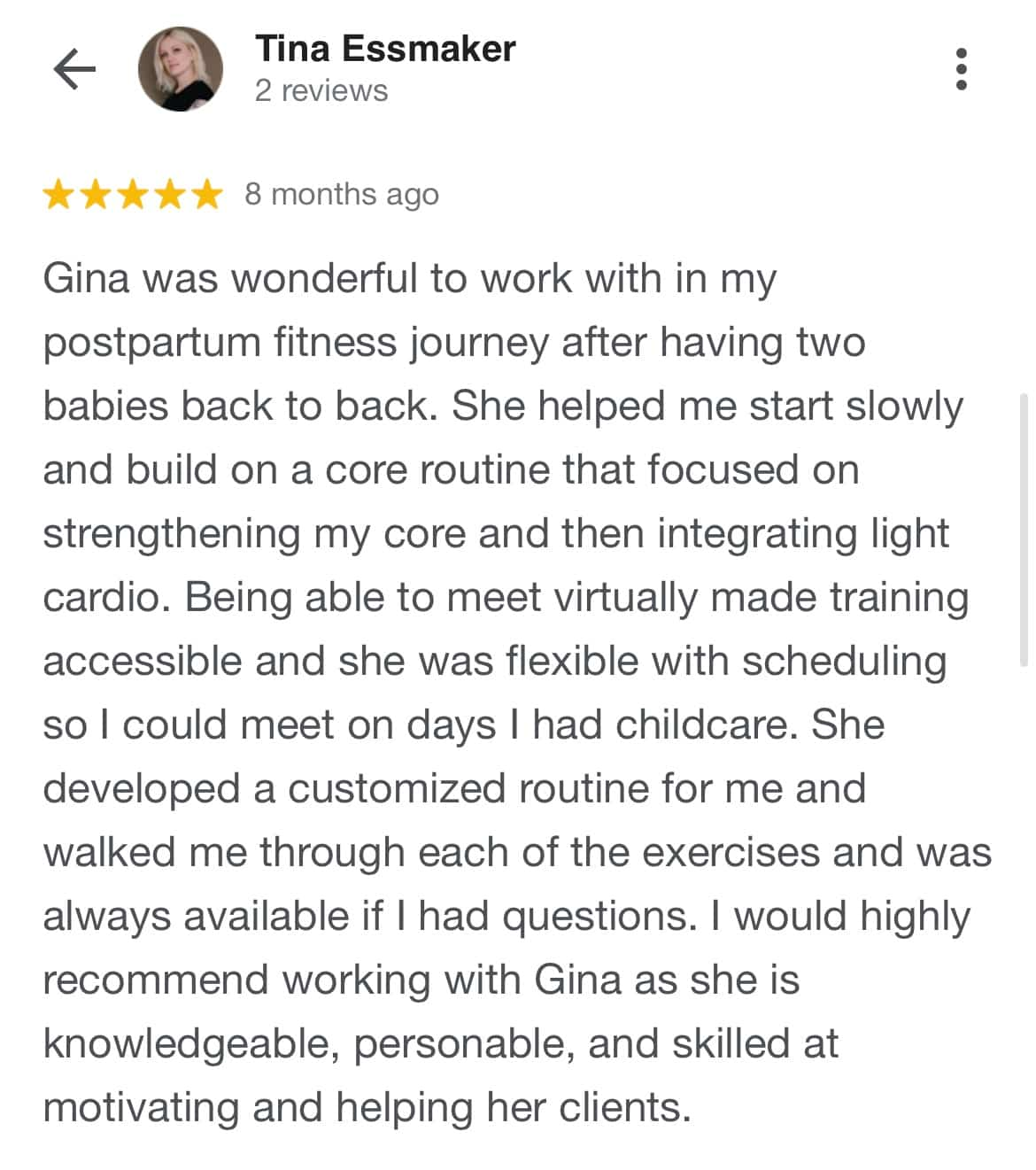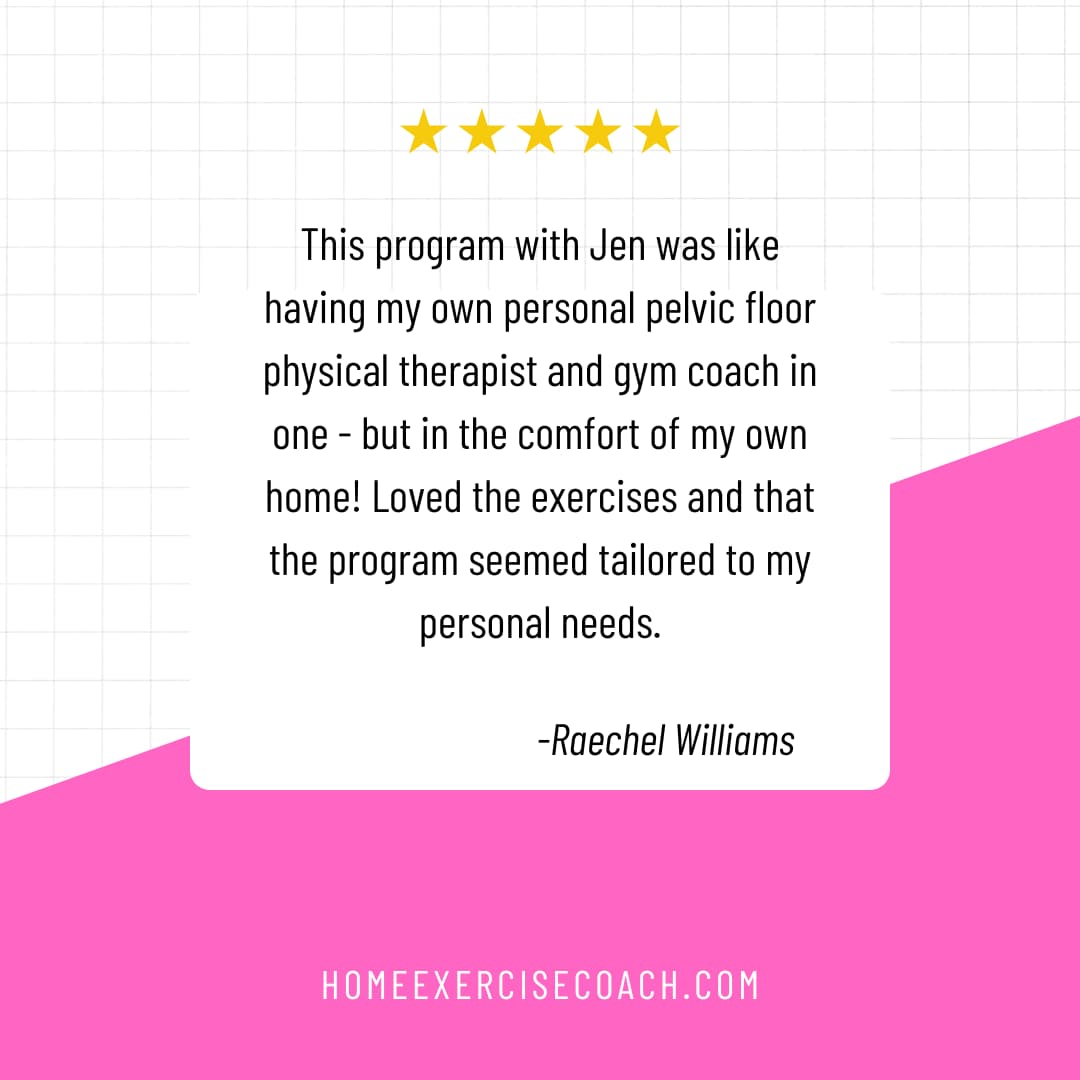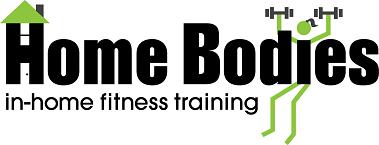- Home
- Our Programs
- Pregnancy and Postpartum
- Treat Prolapse Naturally
|
||
| site search by freefind |
How to Treat Prolapse Naturally with Corrective Exercise

It's important to know how to treat prolapse naturally so that you have all of your options on the table before you decide whether or not to have surgery. Pelvic Organ Prolapse is when the pelvic organs start to descend down into the vaginal canal or the rectum. It can feel like something is in the vagina. Many describe it as a heavy and full sensation. Sometimes it can cause back pain, but it rarely causes any pelvic floor pain.
This means that, if you have pain in your pelvic reason, there are likely other causes, such as pelvic floor tightness. Many people jump to surgery for their prolapse only to find that they still have pain! So it's important to be clear on what prolapse surgery will - and won't - do for your symptoms.


Prolapse is More Common Than You Think - It's Just That It's Not Talked About a lot
Up to 50% of women have prolapse upon physical exam.1 Prolapse can be an isolating condition - it often makes women feel lonely and down. They feel like they really got dealt a bad hand. However, knowing how common it is will help you feel less alone. If you talk about it with friends or family, I am sure you will hear of others who are dealing with it or have dealt with it.
There are three types of prolapse - uterine (uterus), cystocele (bladdar), and rectocele (rectum). There are also a variety of stages graded from 1 to 4. It's very common for a woman with a stage 1 prolapse to not even know she has it! Furthermore, there are plenty of women out there who have prolapses without even having had kids. If you have poor pressure management strategies in your core or breathing patterns, you can set yourself up for developing prolapse, particularly if you are an athlete.
On a similar note, having a C section doesn't mean you're immune to developing prolapse. Changes in pelvic organ support are not solely caused by delivery, but also by physiologic changes during pregnancy.2 So, please, don't regret the style of birth you choose to have and blame yourself and/or the medical provider. At the time, you made the very best decision you could make, and it's important to accept that and move forward. And don't worry - I will be explaining how to treat prolapse naturally which should give you a lot of hope!

We offer sessions on how to treat prolapse naturally via video call as well as with in person sessions in select locations. Find out more!
The great news is that pelvic floor strength training in women with pelvic organ prolapse works!
When looking at how to treat prolapse naturally, it's important to know that there is never any harm in trying corrective exercise - and there likely is a lot of benefit! In a recent study, the group that performed pelvic floor training showed a 52% improvement while the control group only showed a 17% improvement.3 To be clear, this is talking about improvement in the prolapse itself. The pain is usually a separate issue. Women often attribute the pelvic pain to the prolapse, but research (and clinical experience) shows us that it is very rarely the prolapse that is causing the pain. Sometimes finding a great internal pelvic floor PT to get internal manual therapy can help improve prolapse sympoms.

There are also exercise strategies that can be used to help support prolapse healing, and that's where a trainer specializing in Pregnancy and Postpartum comes in.
- You can decrease the pressure applied to your pelvic floor by learning to avoid bearing down during exertion.
- You can stay tall through your torso.
- You can learn to keep your diaphragm connected to the pelvis.
- You can make sure not to do more than the pelvic floor can handle, which includes taking the time needed when postpartum to fully heal.
It is critical to learn pressure managements strategies since it is simply not possible to out-strengthen too much pressure. If you are bearing down under exertion, there are no amount of kegals that can completely keep you safe from this movement. In that case the best you can hope for is that the prolapse will stay the same. However, it's likely to get even worse.
The empowering thing is that, even with women who experienced significant damage to their body due to labor or other causes, healing is possible with a little education.
Here are the steps to take when looking at how to treat prolapse naturally:
- Build awareness of what is happening in your core and pelvic floor
- Understand pressure, bearing down and feeling what's going on
- Decrease tension across the whole body by balancing posture
- Learn how to move in a way that decreases the pressure on the pelvic floor
- Work on breathing strategies which will help the pelvic floor function at it's best
- Do Kegals in the case of a weak pelvic floor, or work on relaxing and release work in the case of a tight pelvic floor
- Establish great posture which will help set up the pelvic floor for success
- Strengthen the other parts of the body that influences pelvic floor function, such as glutes, inner thighs, abs, and even feet!
- Get stronger overall so that lifting (whether it be a workout or in life) isn't a big deal to you, which will help to decrease pelvic floor strain
Hear from another one of Trainer Jen's clients about her experience meeting with Home Bodies for Pelvic Floor
"This program was like having my own personal pelvic floor physical therapist and gym coach in one - but in the comfort of my own home! Loved the exercises and that the program seemed tailored to my personal needs."
-Raechel Williams
This exercise is a great way to check in and see how your breathing techniques are doing.

If you find that your back and side ribs don't expand very much with your breath, or that one side expands far more than the other, it's telling us that your breathing system could use a little TLC. It's also telling us that your pelvic floor is more likely to have disfunction.
Here is another important aspect to check - How deep in your body does your breath go?

If you discover that your breath doesn't make it down to the "basement level" of your house as shown in the above video, that is telling us that your pelvic floor is not being stimulated properly by your breathing system and that it may be tighter or weaker than one would want. Prolapse doesn't usually hurt, so if you experience pain in your pelvic region, it's most often due to tightness, not the prolapse per se.

Kegals make lots of women worse, and here's why
Kegals should only be done by women who have weak pelvic floors. It's possible to have a weak and a tight pelvic floor at the same time - but if you have a tight pelvic floor, kegals are the last thing you should be doing. Kegals will make a tight pelvic floor worse, and tight pelvic floors are what tend to cause the most pain. There are certain cues your body gives off that work like a window into the pelvic floor health. While there are professionals who perform internal exams and diagnosis, and they are a great resource, a lot of valuable information can be obtained by someone trained in Pregnancy and Postpartum Corrective Exercise like myself. I always refer out when necessary and have many colleagues who are happy to see clients of mine for additional services when needed.
Once we get on top of any tightness using a corrective exercise plan, it then may be appropriate to do Kegals - but you have to know whether or not your pelvic floor is tight before you'll be equipped to make that decision. For some women, they can learn to heal their tight pelvic floors with a corrective exercise plan. For others, they may require in person Pelvic Floor Physical Therapy as well for their best outcome.
This exercise is great for those who have a tight pelvic floor.

There is no list of exercises that isn't safe for prolapse, because it depends on your body and how you personally manage the pressure the exercise creates. This means that everything could be unsafe...or everything could be fine! It all comes down to education in how to move and practicing the techniques required to help your prolapse heal.
The most common reason women develop prolapse is that they did a little bit too much, too soon. It wasn't so much the exercise that they did, but rather the timing of how soon they did it after birth or another stressor. We can't change the past, but we can use what we have learned from it to move forward with a better plan!

We have taught countless women how to treat prolapse naturally - and we are confident we can help you do the same!
 Trainer Jen went from being injured postpartum to returning to full weight lifting and marathons due to work on her core and pelvic floor, and she would love to help you on your healing journey.
Trainer Jen went from being injured postpartum to returning to full weight lifting and marathons due to work on her core and pelvic floor, and she would love to help you on your healing journey.If you're interested in our services where you can learn how to treat prolapse naturally, we start out with a consultation where we assess where your body is and your symptoms to see what needs to change to get you symptom-free. During the very first visit we will begin teaching you exercises and strategies to help.
You can fill out the form below for a Price Quote, or you can schedule a Free 15 Minute Discovery Call on Our Calendar if you'd like to chat first. You will be able to choose between an audio call and a Zoom.
Whatever you do, do NOT settle for the notion that having prolapse means you can never again do the activities you love. We've never met a woman we couldn't help.
Meet Your Pregnancy and Postpartum Certified Trainers
- Go here to read Ali's bio and sign up for a Discovery Call or a Session
- Go here to read Gina's bio and sign up for a Discovery Call or a Session
- Go here to read Jen's bio and sign up for a Discovery Call or a Session
1 Barber, et. al. Int Urogynecol J. 2013 Nov;24(11):1783-90. doi: 10.1007/s00192-013-2169-9. Epidemiology and outcome assessment of pelvic organ prolapse.
2 Stær-Jensen, Siafarikas et al. Ultrasonographic Evaluation of Pelvic Organ Support During Pregnancy. Obstetrics & Gynecology: August 2013 - Volume 122 - Issue 2 PART 1 - p 329-336. doi: 10.1097/AOG.0b013e318299f62c
3 Hagen, Stark et al. Individualised pelvic floor muscle training in women with pelvic organ prolapse (POPPY): a multicentre randomised controlled trialLancet. 2014 Mar 1;383(9919):796-806. doi: 10.1016/S0140-6736(13)61977-7. Epub 2013 Nov 28.
- Home
- Our Programs
- Pregnancy and Postpartum
- Treat Prolapse Naturally








